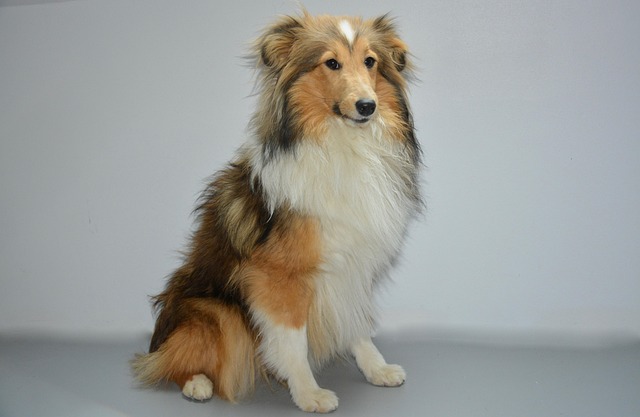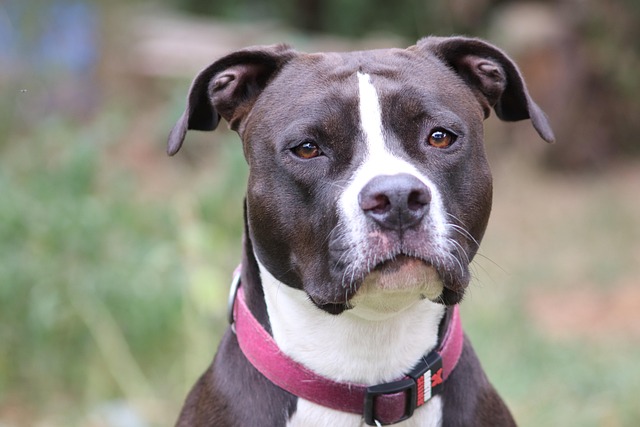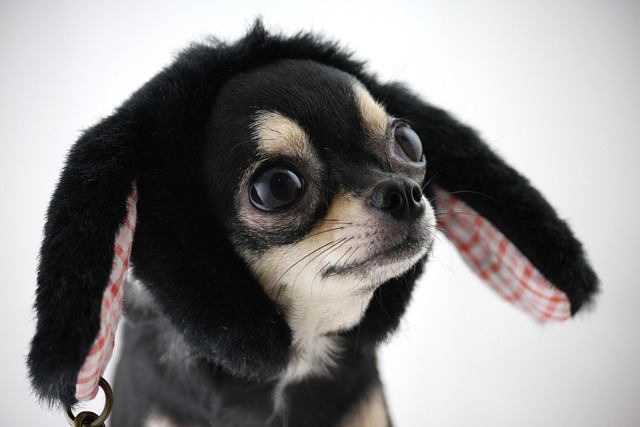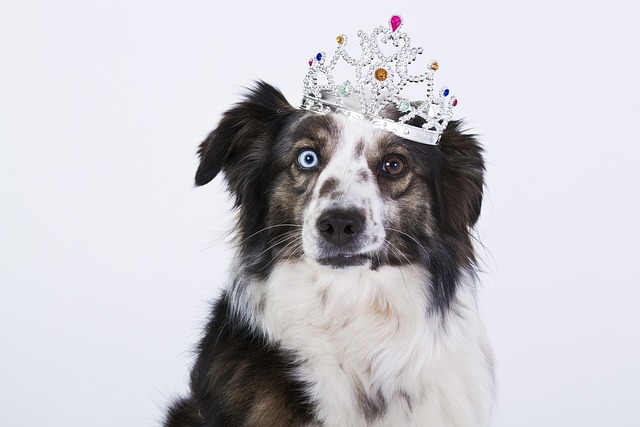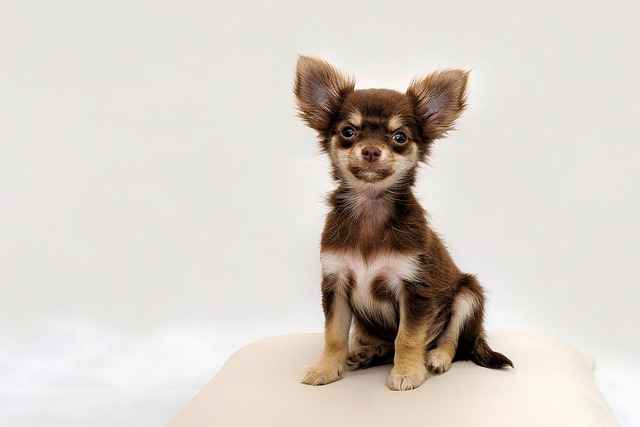If you've noticed black gunk in your poodle's ears, you're not alone. That dark, waxy buildup can look alarming, but it doesn't always mean trouble. Sometimes it's just normal ear wax mixed with dirt - poodles' floppy ears and hairy ear canals create the perfect environment for debris to accumulate. But other times, that black stuff signals something more serious like an infection or mites. The texture tells you a lot: healthy wax is soft and light brown, while infection-related discharge often looks like coffee grounds and smells funky.
So what causes this mess? Ear infections top the list - yeast loves poodles' warm, moist ear canals, turning wax dark brown or black. Bacteria create similar gunk, often with a foul odor. Then there are ear mites, though these are less common in adult dogs. Don't overlook simple wax buildup either, especially if your poodle swims often or has allergies that make their ears produce extra wax. Groomers see this all the time - poodles with thick ear hair trap debris like nature's earplugs.
Let's bust some myths while we're here. That black stuff isn't automatically an emergency - I've seen panicked owners rush in when it was just normal wax. But here's what many get wrong: cleaning too aggressively can cause problems. Those cotton swabs people love? They just pack wax deeper. And that "miracle" ear cleaner your neighbor swears by? Might dry out sensitive skin. Your vet's office has seen the damage from well-meaning but misinformed home treatments gone wrong.
Here's how to clean those ears right. First, gather vet-approved ear cleaner and cotton balls - never Q-tips. Gently lift the ear flap to straighten the canal. Squeeze in cleaner until you hear a squish sound (that's the liquid reaching deep). Massage the base for 20 seconds - you'll hear a satisfying squelch as the wax breaks up. Let your pup shake their head (stand back!), then wipe away loosened debris with cotton. See black chunks? That's normal. But if the cotton comes away with bloody streaks or pus, that's your cue to call the vet.
Prevention beats cure every time. For poodles, that means regular (but not excessive) cleaning - once weekly for swimmers, every 2-3 weeks for others. Keep those ear hairs trimmed so air can circulate - ask your groomer to thin them out. After baths, dry ears thoroughly with a towel (no hair dryers!). Watch for head-shaking or ear-scratching between cleanings. And here's a pro tip: if your poodle gets chronic ear issues, their food might be to blame - allergies often manifest as ear problems. A simple diet change sometimes works wonders.
